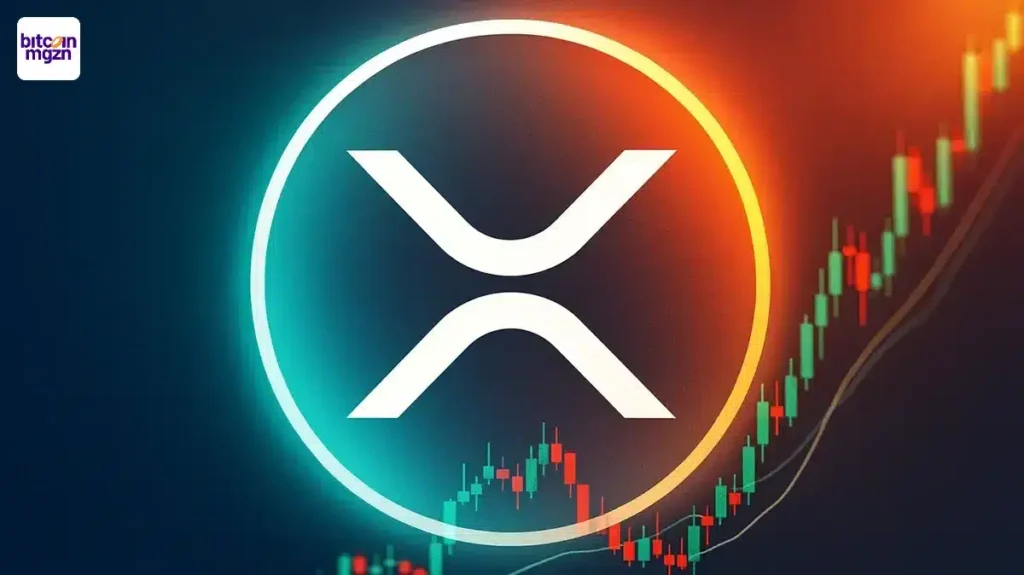FORT STOCKTON, TEXAS – MARCH 24: The sun sets behind a pumpjack during a gusty night on March 24, 2024 in Fort Stockton, Texas. Employment in Texas has reached record highs, with the oil- and gas-producing Permian Basin, which covers a large swathe of west Texas, leading the way. Permian Basin towns of Midland and Odessa notched 2.6 and 3.5 percent unemployment respectively, according to the report touted earlier this month by Gov. Gregg Abbott. (Photo by Brandon Bell/Getty Images)
Getty Images
For the past two years, the United States has set oil production records. This growth is a continuance of the surge in oil production resulting from the shale boom that began earlier this century.
According to data from the Energy Information Administration, U.S. oil production average 13.2 million barrels per day in 2024, up from 12.7 million in 2023 and 12.5 million in 2022.
U.S. Oil Production 1860-2024.
Energy Information Administration
It is now clear that the U.S. is on track this year to set its third consecutive annual record for crude oil production. Year-to-date production through the week ending September 12, 2025 shows a production level of 13.44 million BPD, which is about 1.9% ahead of last year’s record pace.
But beneath those headline numbers, a subtle shift is underway: growth is slowing.
The slowdown becomes clear if we look at the year-over-year percentage changes over the past 20 years.
Annual Oil Production Change 2006-2025 YTD.
Robert Rapier
There have been only two other periods in the past 20 years where U.S. oil production growth slowed for three consecutive years, but both of those instances had extenuating circumstances. The first was from 2014 through 2016, when a price war launched by OPEC triggered a collapse in oil prices and forced U.S. producers to slash drilling activity. The second occurred from 2018 through 2020, ending with the unprecedented demand destruction of the COVID-19 pandemic.
What makes the current period noteworthy is that it would mark the first three-year slowdown without a major external crisis to blame. This time, the deceleration is being driven largely by internal factors—capital discipline, geology, and infrastructure constraints—rather than a market shock.
The New Shape of the Curve
Year-to-date production growth for 2025 marks a noticeable deceleration compared to the peak shale boom years, when annual growth often ran in the double digits. The Permian Basin, America’s premier oil field, is still producing at record levels, but the gains are smaller. Wells are being drilled and completed more selectively, and producers are spacing wells farther apart to avoid draining reservoirs too quickly.
This is not the kind of slowdown that signals crisis. Rather, it reflects a sector that has matured. The “growth at any cost” mentality that defined the early shale revolution has given way to a more disciplined, shareholder-focused approach.
Why Growth Is Slowing
Several factors are contributing to the slowdown:
- Capital Discipline: After years of outspending cash flow, most public oil producers now operate under strict capital-allocation frameworks. Management teams have heard investors loud and clear: prioritize free cash flow, not just production volumes. That has meant slower drilling programs and more cash returned to shareholders through dividends and buybacks.
- Geological Limits: The best drilling acreage—the so-called “Tier 1” sweet spots—has been heavily developed over the past decade. While technology continues to improve well productivity, operators are increasingly drilling outside the core, where wells tend to produce less oil and deplete faster.
- Service Costs and Inflation: Labor shortages, higher steel prices, and rising service costs have also slowed activity. While these costs have moderated from their post-pandemic peaks, they remain elevated compared to pre-2020 levels.
- Infrastructure Bottlenecks: Takeaway capacity from certain basins, particularly in the Permian, remains a limiting factor. While pipeline expansions are coming online, infrastructure buildout is running just fast enough to keep pace—not enough to enable another breakout surge in production.
The result is a measured pace of growth that looks nothing like the wild expansion of 2010–2019, when U.S. production more than doubled in less than a decade.
Implications for Global Markets
Slower U.S. production growth has implications well beyond the shale patch. For much of the past decade, rising American output helped keep a lid on global oil prices, effectively acting as a cap on OPEC’s pricing power. If growth continues to slow, the market may need more supply from OPEC+ producers, but that also means the cartel will begin to regain pricing power.
In other words, a flatter U.S. production curve could help put a floor under oil prices. That could be good news for producers and their investors, but it may mean higher prices at the pump if global demand stays strong.
What It Means for Investors
For investors, the shift toward slower growth is arguably welcome news. Producers are no longer plowing every spare dollar into drilling programs just to chase production growth. Instead, they are returning more capital to shareholders through variable dividends, share buybacks, and debt reduction.
This transition has already been visible in quarterly results. Companies like Pioneer Natural Resources, Devon Energy, and EOG Resources have prioritized cash returns, often paying out special dividends when oil prices are strong. The result is a more stable, income-friendly sector—even if production growth is less dramatic.
Investors should also note that slower growth reduces the risk of flooding the market and depressing prices. If supply and demand stay roughly balanced, oil prices are more likely to remain in a range that supports healthy free cash flow generation.
The Big Picture
The record-setting streak in U.S. oil production is remarkable when viewed in historical context. From the first commercial well drilled in Pennsylvania in 1859 to today’s multi-million-barrel-per-day juggernaut, America’s oil industry has been through repeated cycles of boom, bust, and reinvention. The shale revolution was the latest and most dramatic of those cycles, transforming the U.S. from a major importer to a net exporter of petroleum products.
But no boom lasts forever. The industry may be entering a new phase—one defined less by how fast it can grow and more by how efficiently it can operate. For investors, this could mark a period of steadier returns, lower volatility, and more predictable cash flow.
Conclusion
America’s oil boom isn’t over, but it’s maturing. Production is still climbing, but the slope of the curve is flattening. For consumers, that may mean less downward pressure on fuel prices. For investors, it signals a sector focused on discipline, efficiency, and returning cash to shareholders.
In other words, the oil patch is growing up. For those looking for reliable income, that may be exactly what you want to see.
Source: https://www.forbes.com/sites/rrapier/2025/09/18/us-oil-production-is-on-pace-for-a-new-record-but-growth-is-slowing/


